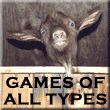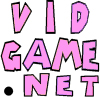 |
Map : News : Updated Links : Links : Mission Statement : Contact : Thanks : Works Cited : Power Supply Reference : Room of Doom : Movies : Books : Game Memorabilia : Cleaning : Auctions 3DO : Arcade : Atari : Bandai : CD-I : Channel F : Clones : Coleco : Commodore : Cybiko : Gamepark : Handhelds : Jakks Pacific : Magnavox : Mattel : Microsoft : Milton Bradley : NEC : Nintendo : Nokia : PONG : RCA : Sears : Sega : SNK : Sony : Tapwave : Texas Instruments : Tiger : Tiger Telematics : Timex : VIS : V-Tech : Worlds Of Wonder |

Nintendo Entertainment System (NES-001)
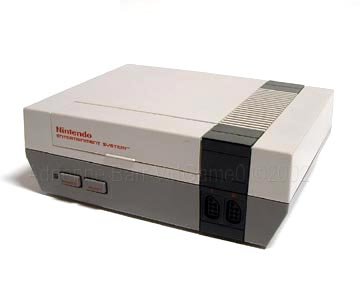
At first Nintendo wanted Atari to manufacture the Nintendo Entertainment System in all markets but Japan in exchange for royalties. Before this deal could go through, Atari/Warner executive Ray Krassar resigned and the papers were never completed. But in 1985, after some debate, the Nintendo Entertainment System (NES) was released to a test market in New York by Nintendo themselves. The system that came out had 2 controllers, a RF switch, an AC adapter, R.O.B., Zapper light gun, the Duck Hunt cartridge and the Gyromite cartridge was also released with 17 optional games. About 500 retailers (FAO Schwartz was one) took the units under the condition that Nintendo would buy back the unsold units. Nintendo employees would man and sell the systems themselves by setting up the displays themselves. The test market proved well and Nintendo moved their product to Los Angeles in February of 1986 and finally nationwide in September of the same year. Nintendo themselves were now manufacturing the system after the instant success and had Worlds of Wonder, famous for the Teddy Ruxpin toy, distributing them. Nintendo had a policy for game manufacterurs: they could only make games for the NES, no other system. Companies who found ways around this are Color Dreams, Camerica, American Video Entertainment and the notorious Tengen label. In 1988 Nintendo starts to advertise on Pepsi cans. The NES helped to produce two videogame records: Legend of Zelda was the first game to hit the 1 million mark and Super Mario Brothers 3 becomes the most successful non-pack in cart. Speaking of the Super Mario Brothers, we never got the 'proper' Super Mario Brothers 2 title. In Japan it was known as Yumekojo Doki Doki Panic and came here as Super Mario Brothers 2. The actual SMB 2 was the 'Lost Levels' found on Super Mario All Stars pack for the SNES. Later it was redone into Super Mario Brothers Deluxe for Game Boy Color.
$129.99 USD - two controllers, RF switch, NES, AC adapter, and the Super Mario Brothers game
$149.99 USD - two controllers, RF switch, NES, AC adapter, Zapper light gun, and the Duck Hunt game
To see the different software available for this system, please click here.
To see the peripherals made for this system click here.
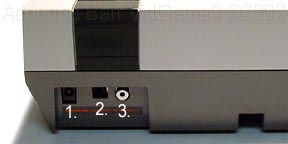 |
Back of the NES: 1. Power Output |
| Right side of the NES showing the AV outputs | |
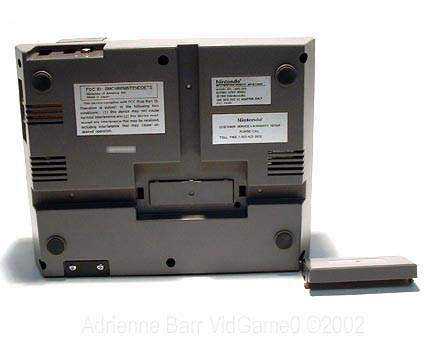 |
Bottom of the NES shows where the expansion bay was. |
 |
The original controllers. Square and a bit tough to handle. They featured the D-pad which Gumpei Yokoi had invented. NES-004 |
 |
Dust cover for the NES. |
 |
Concepts
for the Nintendo, designed by Lance Barr. He visioned a wireless
system. From Nintendo Power, Volume 78
|
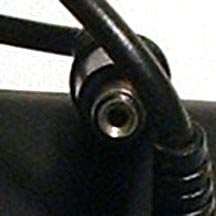 |
NES-002 Input 120V 60Hz 17W Output 9V 1.3A |
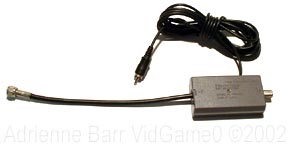 |
NES-003 Sample RF switch for the NES |
